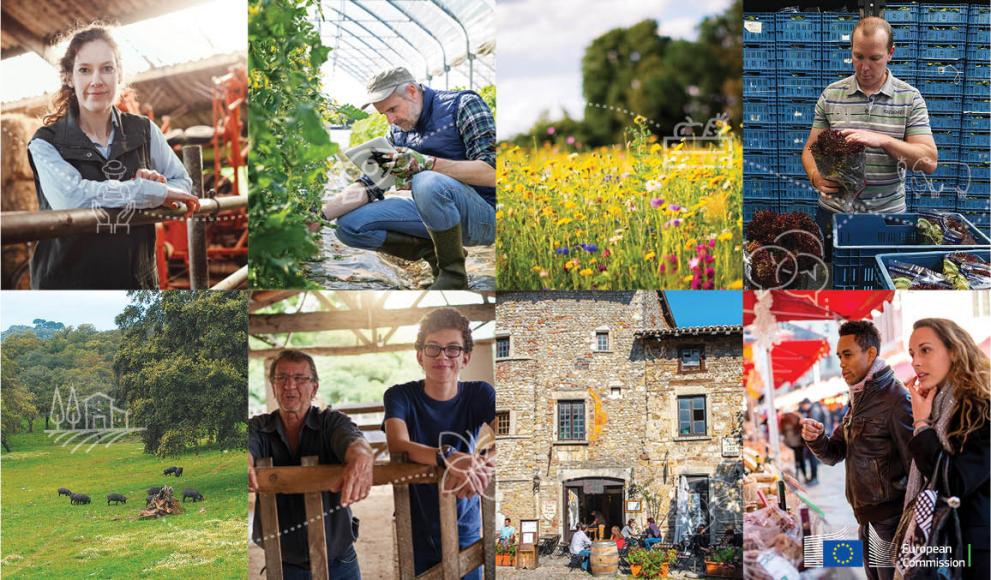
In less than a month, the Common Agricultural Policy (CAP) has taken a big step to set the new plan. On 31 August 2022, the European Commission approved the first CAP Strategic Plans for seven countries: Denmark, Finland, France, Ireland, Poland, Portugal, and Spain. A second approval package followed this one on 12 September 2022 with two more CAPs from Austria and Luxembourg.
These are the documents that for this programming period 2023-2027 (a shorter period than the usual seven years) set out the investment priorities and delivery methods of the entire Common Agricultural Policy, both Pillar I and Rural Development, including LEADER.
The Commission has been assessing whether each Plan builds toward the ten key CAP objectives, which touch upon shared environmental, social and economic challenges.
The CAP will benefit from €270 billion in funding for the 2023-2027 period. The seven first Plans approved so far represent a budget of over €120 billion, including over €34 billion dedicated exclusively to environmental and climate objectives and eco-schemes. The other two Plans represent a budget of over € 6.2 billion, including € 2.1 billion dedicated to environmental and climate objectives and eco-schemes.
Under the reformed policy, funding will be more fairly distributed to small and medium-sized family farms, as well as to young farmers. Moreover, farmers will be supported to take up new innovations, from precision farming to agroecological production methods.
The aim of the CAP is to shape the transition to a sustainable, resilient and modern European agricultural sector in order to promote food security. This includes reducing dependence on synthetic fertilisers and scaling up the production of renewable energy without undermining food production, as well as promoting sustainable production methods and generational renewal.
The Plans should contribute to the EU’s climate and environmental goals, including animal welfare, as set out in the Commission’s Farm to Fork and Biodiversity strategies.
Find out more by clicking here! And don’t miss out on further updates by checking the SHERPA Timeline for EU Programming.
Published by Miranda García